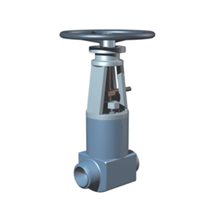Rising Stem & Non-rising Stem Gate Valves
Made from a range of materials, their characterization can be seen by their rising or non-rising stem. A rising stem gate valve is only useful for above-ground installation. The stem fixes to the gate, and as it rises and lowers during operation, it indicates the valve position and the possibility to grease the stem. Suitable for both above-ground and underground installations, non-rising stems are embedded onto the gate, rotating with the wedge rising and lowering inside the valve. It’s ideal for a valve with limited space as they are more compact in design.





